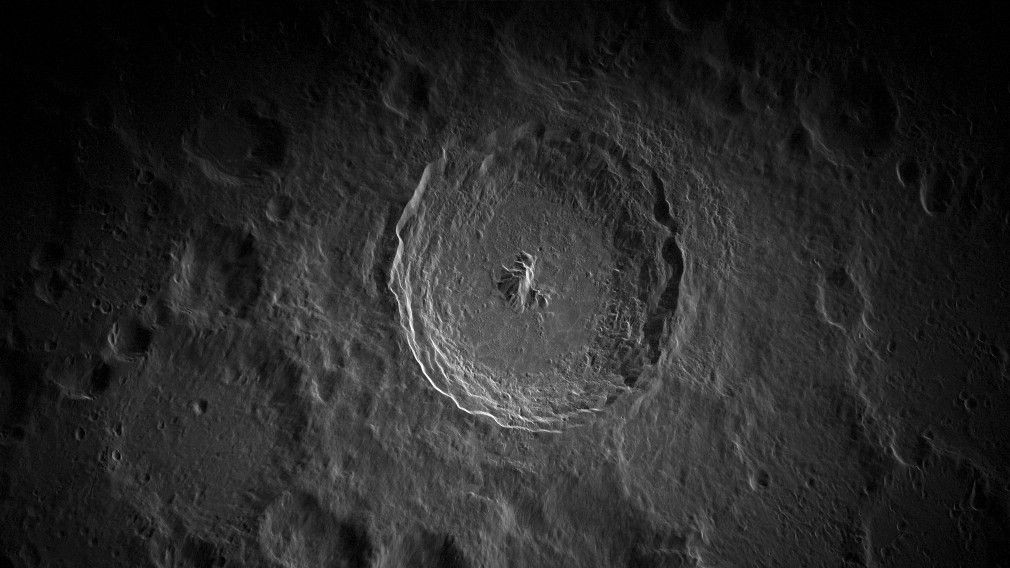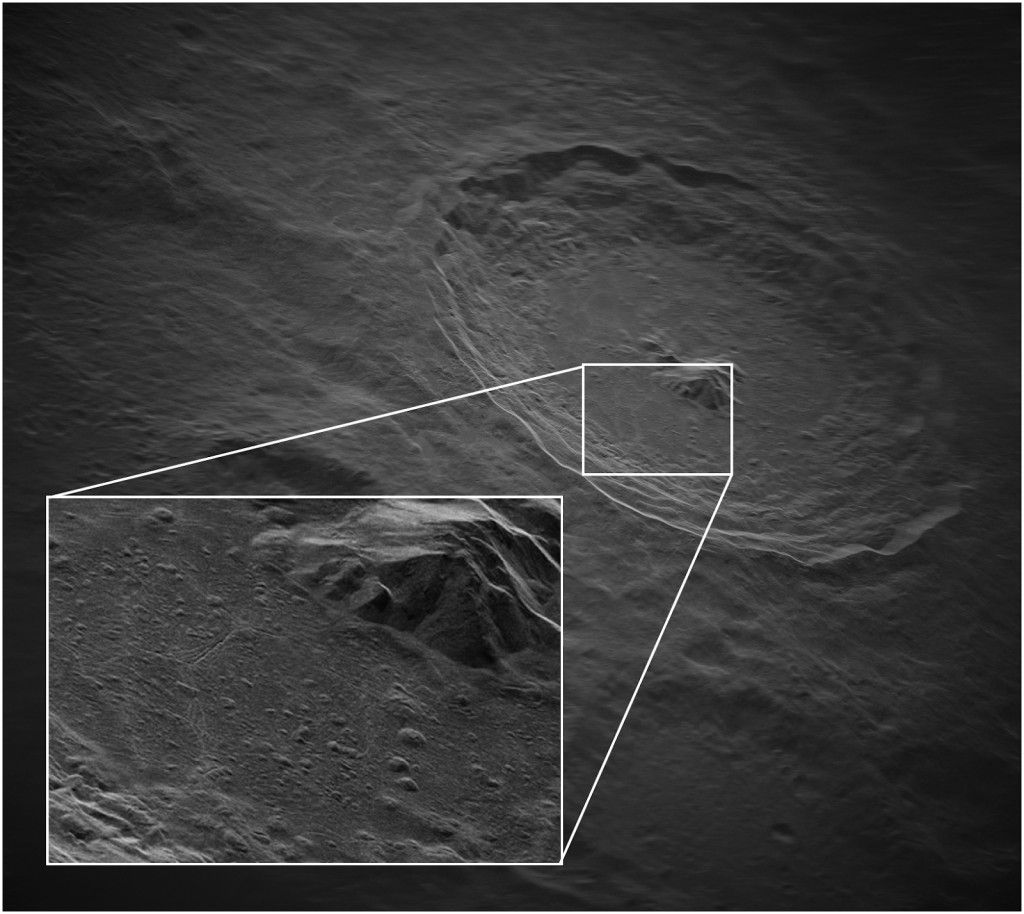Science
Related: About this forumIncredible new photos of moon's surface are highest resolution pictures ever taken from Earth
By Adam Mann published 3 days ago
A radar system less powerful than a household microwave oven produced some of the best pictures of the moon ever captured.

A close-up of the moon's Tycho Crater, taken from Earth (Image credit: Raytheon Technologies.)
Using a beam of radar less powerful than a microwave oven, researchers have produced the highest resolution images of the moon ever taken from Earth.
The stunning new pictures, presented Jan. 10 during a press conference at the 241st meeting of the American Astronomical Society (AAS) in Seattle, Washington, captured the landing site of NASA’s Apollo 15 mission as wel as Tycho crater, a prominent impact feature in the southern lunar highlands.
Researchers made the images using the 330-foot-diameter (100 meters) Green Bank Telescope (GBT) in West Virginia — currently the world’s largest steerable radio telescope (a type of telescope designed so that its dish can be aimed at different parts of the sky), said Patrick Taylor, the radar division head for the Green Bank Observatory and National Radio Astronomy Observatory (NRAO), during the press briefing. The GBT shot out radio waves that illuminated the moon, and their echoes were captured by a set of four 82 feet wide (25 m) radio telescopes at the Very Long Baseline Array in Hilo, Hawaii, he added.

A zoomed-in detail of Tycho Crater, taken at 5 meter resolution (Image credit: Raytheon Technologies)
During the image capture, a prototype radar instrument on the GBT transmitted only 700 watts of power, “comparable to a household appliance or a bunch of light bulbs,” Taylor said. Yet it could spot features around the Apollo 15 landing site as small as 5 feet (1.5 m) and those in Tycho crater as small as 16 feet (5 m), he added.
More:
https://www.livescience.com/highest-resolution-moon-pictures
AllaN01Bear
(23,043 posts)louis-t
(23,716 posts)ProudMNDemocrat
(19,058 posts)I was told years ago by my Mayo Ophthalmologist that the inner surface of the retina in my right eye resembled the surface of the moon. Hills, valleys, and craters.